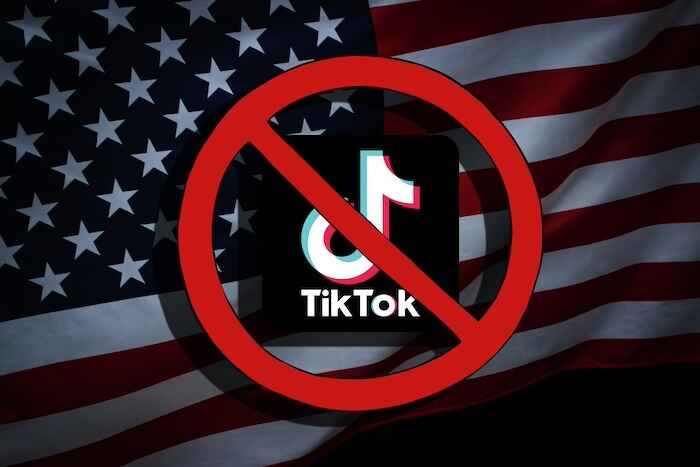America’s Debt Problem Is the Canary in the Coal Mine
Anthony Summers|August 31, 2023

What’s that famous Hemingway quote…
“How did you go bankrupt?”
“Two ways. Gradually and then suddenly.”
That’s a conversation between two characters in The Sun Also Rises.
But it might as well be our keepers in Washington talking.
America has a huge debt problem.
Our national debt now stands at $33 trillion, a product of Washington’s love affair with deficit spending.
But the problem isn’t limited to just our government.
Oh, no. It affects nearly every level of our economy.
A Rising Debt Sinks All Boats
American household debt is now over $17 trillion. Total credit card debt alone has hit a record $1 trillion (or about 23% of our $4.7 trillion in total credit card limits).
The story’s not much better for corporate America, either.
Nonfinancial business debt, which excludes firms like banks and asset managers, is also uncomfortably steep. It sits at nearly $20 trillion.
These debts add up to more than 140% of GDP.
But there could be no other outcome after a decade of near-zero interest rates. With the cost of borrowing close to zilch… businesses used cheap, readily available money to fuel their growth.
Low rates also made rolling over debt easier than ever. Many businesses got into the habit of paying off old debts with new loans… kicking the repayment can down the road.
Slowly but surely… our economy became overleveraged.
The Federal Reserve’s latest Financial Stability Report, published in May, showed that corporate debt as a percentage of corporate assets is at an unsettling high.

The average publicly traded company has about a dollar in debt for every three dollars in assets.
And for the top quartile of companies by debt, it’s a nearly a one-to-one comparison.
While down from its 2020 peaks, corporate leverage remains much higher than it was during even the 2008 financial crisis.
Worse still, interest rates are back up… and higher than they’ve been in over 20 years.

Cheap money is dead. It no longer pays to be in debt. In fact… it’s quite costly.
There’s been a steep uptick in corporate bankruptcies this year.

Chapter 11 bankruptcy filings are coming in at a higher rate than they have in recent years.
In fact, if we exclude 2020 – when the world faced a pandemic-induced shock to the global economy – we haven’t seen this many bankruptcies at this point of the year since 2010.
We’re in trouble.
We’ve become a nation that believes debt – public and private – doesn’t really matter. As long as we’re consuming – and spending – our economy can continue to grow forever.
Debt is just “leverage,” they say… not a real burden.
Wrong.
It’s a lesson that more than 400 businesses… and counting… have had to learn this year.
If we don’t get a real course correction… folks will be left scratching their heads, wondering how it all went wrong.
Gradually… and then suddenly.

Anthony Summers
Anthony Summers is the Director of Strategic Trading for Manward Press and is a contributor to Manward Financial Digest, Manward Trading Tactics and Manward Letter. He is a former senior analyst for The Oxford Club, where he closely worked with some of our nation’s sharpest financial minds for nearly a decade. Anthony is a self-styled “conservatively aggressive trader” and has earned a reputation for developing unique trading strategies that focus on low-risk, high-return opportunities in both stock and options markets.





